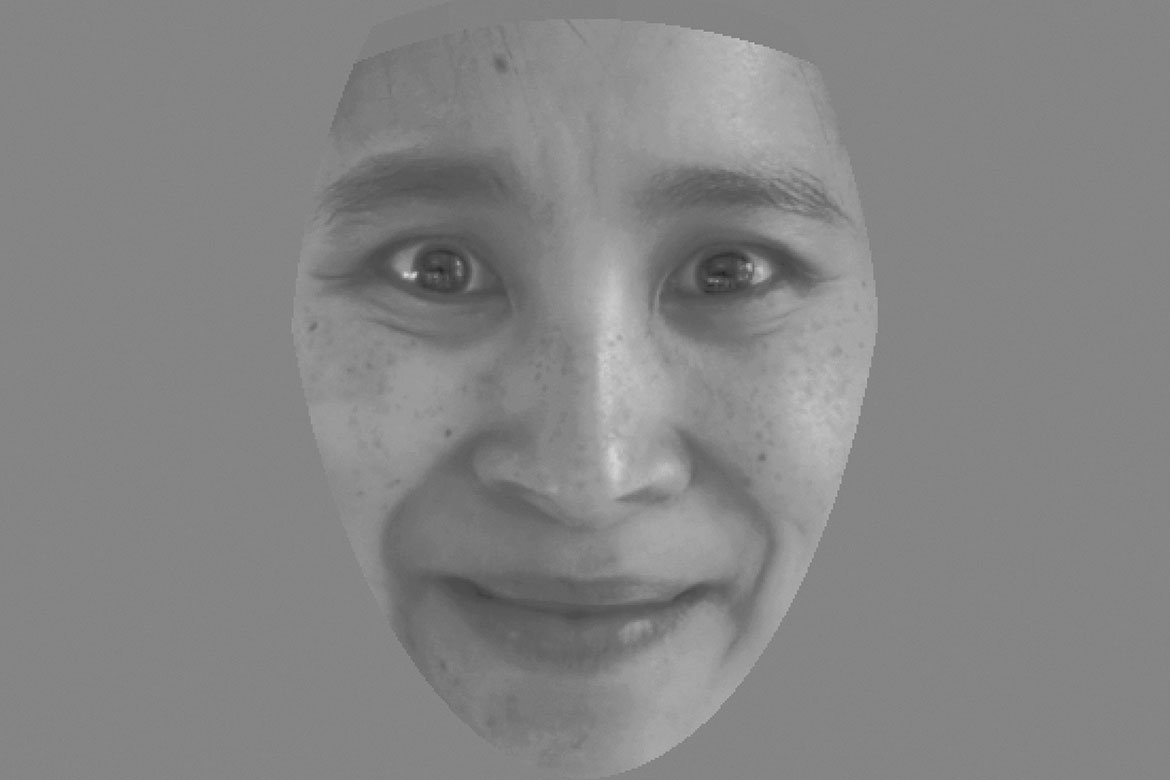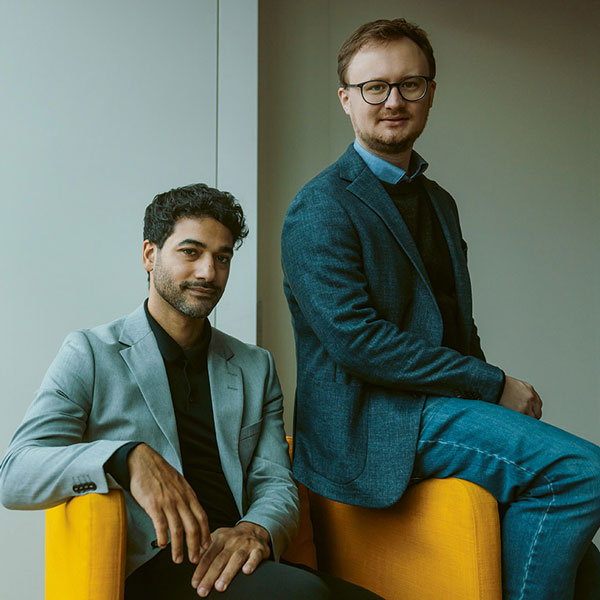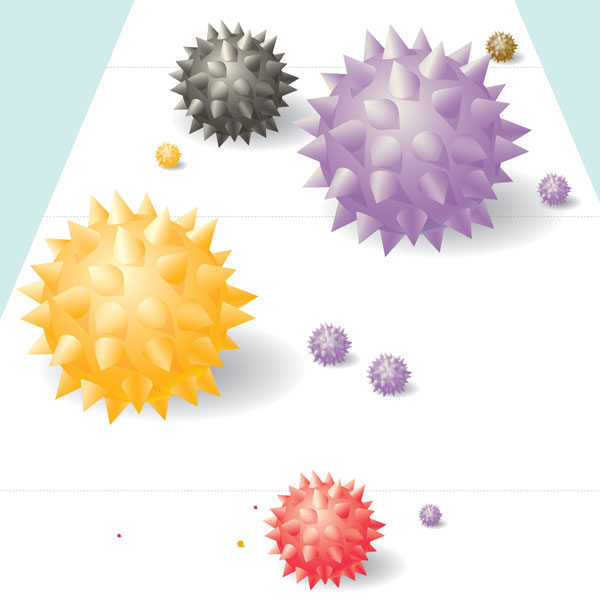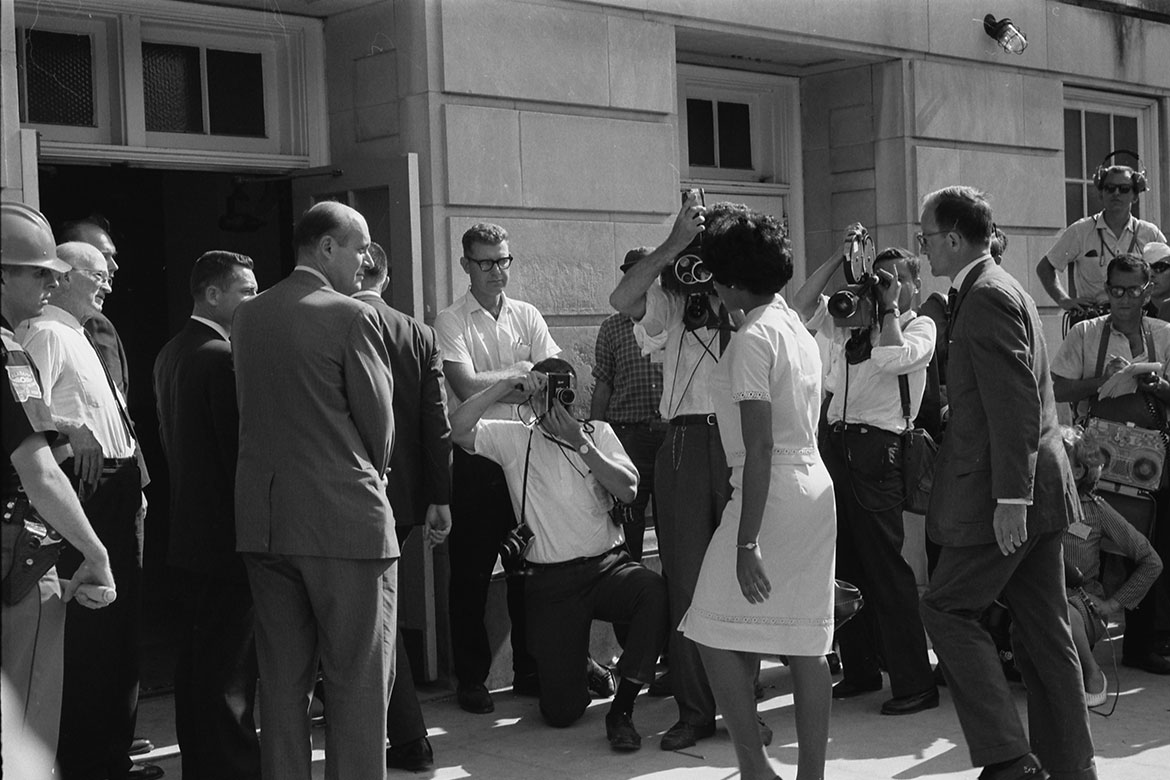Horror films make faces look afraid
Horror films and comedies influence the faces we see.

Joy or fear? | Image: Emilie Qiao-Tasserit
Alfred Hitchcock once carried out a little experiment. First he showed a mother with her child in a meadow, then his own face with a neutral expression. The audience saw Hitchcock as a well-meaning old man. Secondly, he showed a dead child in its coffin, then the same photo of himself. This time, the audience saw sadness in his face, explains cognitive scientist Swann Pichon from the University of Geneva.
Emilie Qiao-Tasserit, Pichon and their colleagues have been investigating how filmic images alter our perception. First they showed their test subjects minute-long film excerpts from three genres: the horror classic The Shining, the comedy When Harry met Sally, and a neutral documentary film about the mysteries of space. Then they showed them photos of people with largely ambiguous facial expressions. To this end, they morphed and varied two photos of the same person, one with a fearful expression and the other happy. Sometimes they made the face happier, at other times more fearful. Their test subjects had to decide with each photo whether it showed a person who was happy or afraid.
Hitchcock was right: the same photo looks happier to the audience when they’ve first seen a clip from a comedy. After seeing the horror clip, the same photo came across as more fearful. The study also showed that the impact can last at least one-and-a-half minutes.
Now Pichon is investigating how computer games influence the feelings and social behaviour of their players. “Computer games often have a bad reputation – but our research shows that they can also have a positive impact”, says Pichon.




